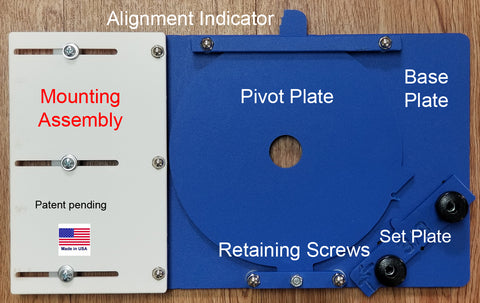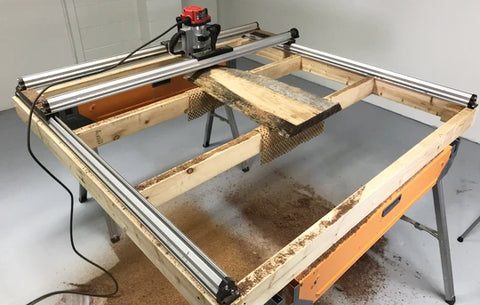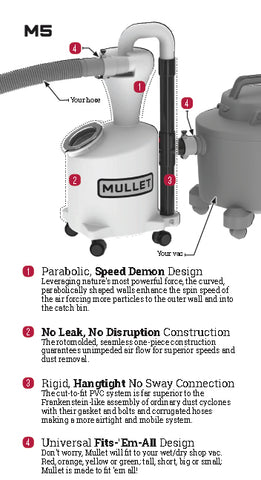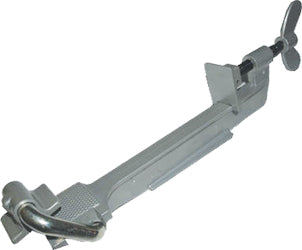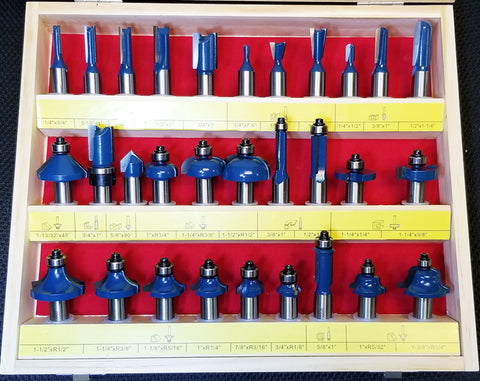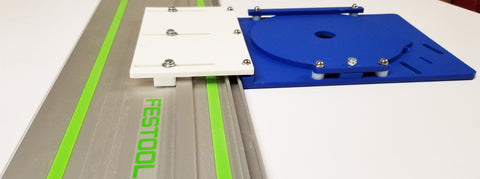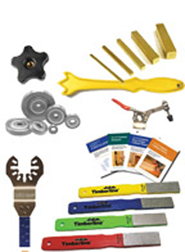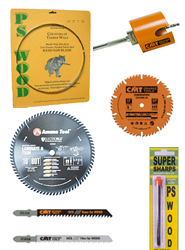Woodworking can be a challenging and rewarding craft, but it's also easy to make mistakes. Here are some of the most common woodworking mistakes that beginners and experienced woodworkers alike can make:
Not measuring correctly: One of the most common mistakes in woodworking is not measuring correctly. This can lead to pieces that are too long, too short, or not square. Always double-check your measurements before making any cuts.
Using the wrong tool or bit: Using the wrong tool or bit can lead to rough cuts, tear-out, or damage to your workpiece. Make sure you're using the appropriate tool or bit for the job and always follow the manufacturer's recommendations.
Rushing: Rushing through a project can lead to mistakes and can compromise the quality of your work. Take your time and work carefully, especially when making cuts or joints.
Not sanding properly: Sanding is an important step in woodworking that can make a big difference in the final result. Make sure you're using the appropriate grit sandpaper and sanding in the direction of the grain.
Using dull tools: Dull tools can lead to rough cuts and can make the work more difficult than it needs to be. Keep your tools sharp and well-maintained.
Not clamping properly: Clamping is important to hold pieces in place while you work on them. Make sure you're using enough clamps and that they're positioned correctly.
Neglecting safety: Safety should always be a top priority in woodworking. Wear appropriate safety gear, such as eye and ear protection, and use tools and machines correctly.
Not selecting the right wood: Choosing the wrong type of wood for your project can lead to problems such as warping, splitting, or cracking. Make sure you select the appropriate type of wood for your project and consider the grain pattern, density, and moisture content.
Remember that mistakes are a natural part of learning and growing as a woodworker. Don't get discouraged if you make a mistake – take it as an opportunity to learn and improve your skills.

